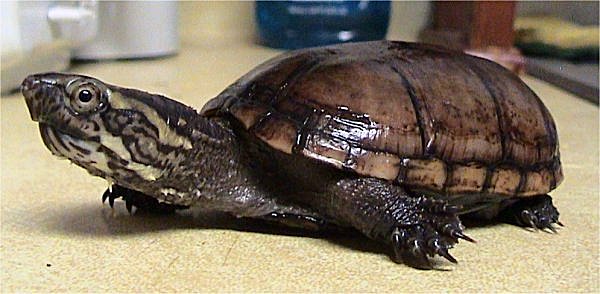-
Notifications
You must be signed in to change notification settings - Fork 402
New issue
Have a question about this project? Sign up for a free GitHub account to open an issue and contact its maintainers and the community.
By clicking “Sign up for GitHub”, you agree to our terms of service and privacy statement. We’ll occasionally send you account related emails.
Already on GitHub? Sign in to your account
new metric SCC for Images #800
new metric SCC for Images #800
Conversation
Codecov Report
@@ Coverage Diff @@
## master #800 +/- ##
=====================================
Coverage 71% 71%
=====================================
Files 179 181 +2
Lines 7664 7744 +80
=====================================
+ Hits 5429 5505 +76
- Misses 2235 2239 +4 |
|
Hi @nishant42491, thanks for wanting to contribute. |
yes, that's correct. sorry for the delay as I was trying to understand how to calculate the SCC coefficient as there are not many resources available online to understand the implementation of Laplacian filters. I am working with my college professors to understand more about the SCC metric how ever due to my college exams my progress has been slow. however I will try to speed things up again really sorry for the delay. |
…elation_coefficient
|
Hi @nishant42491, do you have any updates here? :] |
for more information, see https://pre-commit.ci
yep, I have taken references from andrewkhalels sewar repo containing information about the SCC metric and have created a scc.py file containing its implementation however I am not 100 % sure that it's correct as I still don't understand the SCC metric completely. Ill be more than happy to change anything that needs changing. I would love any suggestions on how to proceed further. Thank you a lot for your patience with me I really appreciate it :]. |
…_coefficient' into image_metric_spatial_correlation_coefficient # Conflicts: # torchmetrics/functional/image/scc.py
for more information, see https://pre-commit.ci
for more information, see https://pre-commit.ci
|
Hi @nishant42491, |
I think the difference between the two metrics arises because the package in swear has implemented a high pass filter whilst I have not however the difference did not seem significant whilst i was testing the metric |
|
@SkafteNicki should I try implementing a high pass filter for my metric too to try and make it pass the tests you have written? |
|
@nishant42491 yes, we kind of need the two metrics to produce the same output, so we make sure that this implementation is doing the right thing. |
|


@SkafteNicki I have received outputs 0.079 and 0.080 for 2 images for swear's metric and my metric respectively |
|
will try and implement the high pass filter which should solve the problem. @SkafteNicki Thnx for the help on the tests i really appreciate it :] |
|
@nishant42491 is it correct that current differences in implementation is:
Just trying to figure out why I cannot get the numbers to match (I know the high pass filter is missing, but it should still be fairly close as to my understanding). |
yep, those are the differences between the sewar implementation and the metric's implementation. for the inputs, I have tested |
one more thing is that my default kernel size is 9, whilst sewras kernel size is 8 so you have to set the sewar metrics kernel size to 9 explicitly to get similar results |
…//github.com/nishant42491/metrics into image_metric_spatial_correlation_coefficient
|
@nishant42491 tried changing the implementation based on what you have told me but cannot get it to match. Below is shown the wrapped reference implementation from
from sewar.full_ref import scc
def _reference_scc(preds, target, reduction):
val = 0.0
for p, t in zip(preds, target):
val += scc(t.permute(1, 2, 0).numpy(), p.permute(1, 2, 0).numpy(), ws=9)
val = val if reduction == "sum" else val / preds.shape[0]
return val
from torchmetrics.functional import spatial_correlation_coefficient
import torch
_ = torch.manual_seed(42)
BATCH_SIZE = 10
CHANNELS = 3
SIZE = 100
preds = torch.randint(0, 255, (BATCH_SIZE, CHANNELS, SIZE, SIZE)).float()
target = torch.randint(0, 255, (BATCH_SIZE, CHANNELS, SIZE, SIZE)).float()
print(spatial_correlation_coefficient(preds, target, reduction='sum').item())
print(_reference_scc(preds, target, reduction='sum'))can you find what I do wrong? |
Your Implementation seems correct. I'm not quite sure why the outputs differ. |
|
@nishant42491 @SkafteNicki how is it going here? 🐰 |




What does this PR do?
Adds a new metric Spatial Correlation Coefficient for Images
part of #799
Before submitting
PR review
Anyone in the community is free to review the PR once the tests have passed.
If we didn't discuss your PR in Github issues there's a high chance it will not be merged.
Did you have fun?
Make sure you had fun coding 🙃